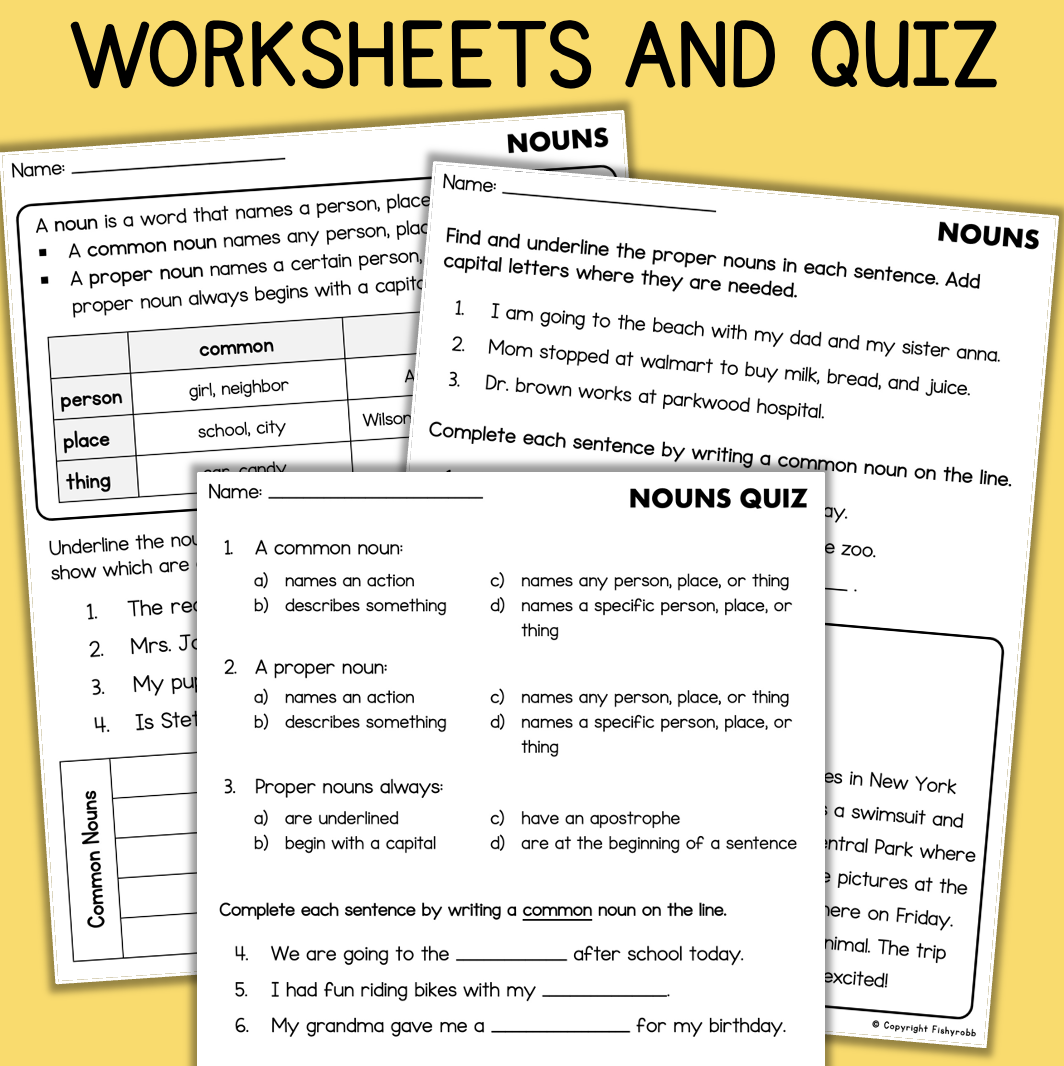When it comes to teaching grammar concepts to students, wordwalls can be a fun and interactive way to reinforce learning. One important concept that can be explored through a wordwall is the difference between common and proper nouns. By creating a wordwall with examples of both types of nouns, students can visually see and categorize the words, helping them better understand the distinction between the two.
Common nouns are general names for people, places, things, or ideas, while proper nouns are specific names for people, places, or things. For example, “dog” is a common noun, while “Fido” is a proper noun. By creating a wordwall that includes examples of both types of nouns, students can practice identifying and categorizing nouns in a hands-on way.
Wordwall Examples
One way to create a common and proper noun wordwall is to use a mix of images and words. For common nouns, you can include pictures or words like “house,” “car,” or “apple.” For proper nouns, you can include names of specific people, places, or things, such as “New York City,” “John,” or “Mount Everest.” By combining visuals with words, students can make connections between the types of nouns and their meanings.
Another approach to creating a wordwall is to categorize common and proper nouns by color or shape. For example, you could use blue cards for common nouns and red cards for proper nouns. This visual distinction can help students quickly identify and sort the nouns on the wordwall, making it easier for them to practice their grammar skills.
As students interact with the wordwall, you can incorporate activities such as sorting, matching, or creating sentences using the words displayed. This hands-on approach allows students to actively engage with the material and reinforces their understanding of common and proper nouns. Additionally, you can encourage students to add their own examples to the wordwall, further enhancing their learning experience.
In conclusion, a common and proper noun wordwall can be a valuable tool for teaching grammar concepts in a fun and interactive way. By creating a visually engaging display of words and images, students can practice identifying and categorizing nouns while also strengthening their understanding of the differences between common and proper nouns. Incorporating activities and student participation can further enhance the learning experience and help students solidify their grasp of these important grammar concepts.
